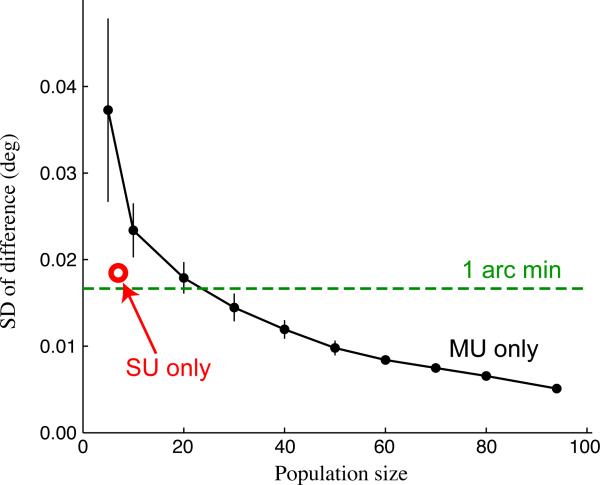Figure 5. Dependence of eye position inference on neural population size and composition.
To determine how the results of our eye-tracking method depend on the size of the neural ensemble used, we ran our algorithm using randomly sampled (without replacement) sub-populations of units from an example array recording. When using only multi-units (black trace; error bars show mean ± SD; N = 15 sub-populations), the estimated eye positions were very similar (measured by the SD of the difference) to those obtained using all units (SUs + MUs; N = 101), even for relatively small populations. When using only the single units (N = 7; red circle), eye position estimates were even more similar to the best estimate compared with the equivalently sized population of MUs.

